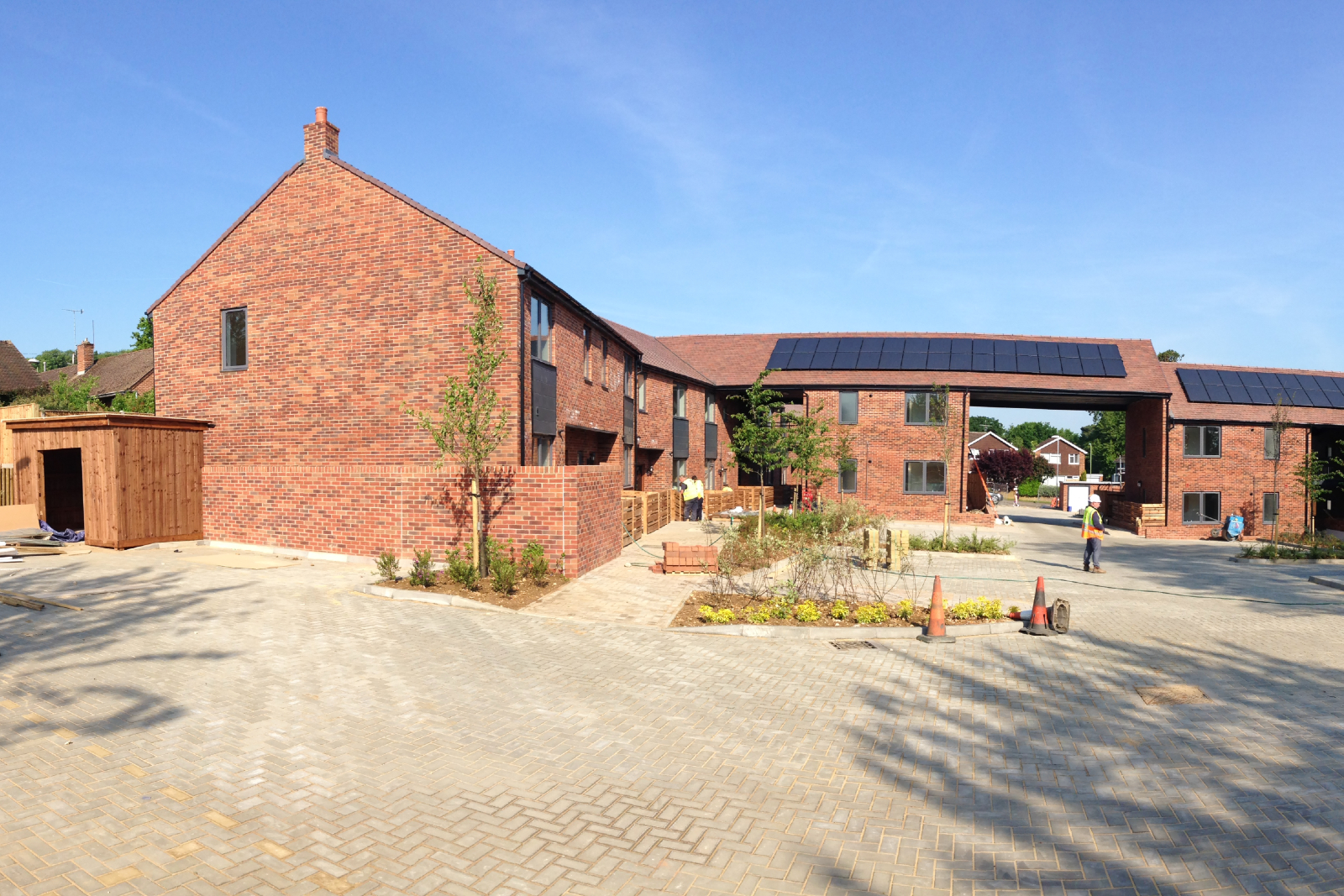
The Home Builders Federation (HBF) has published its latest State of Play 2025/26 report, offering one of the clearest pictures yet of how small and medium-sized (SME) home builders are faring – and what’s holding them back.
The findings are striking: the UK’s SME developers say they could increase housing delivery by more than 50% if longstanding obstacles around planning, regulation and affordability were addressed. Keep reading to learn more in this week’s blog.
Key finding: a potential 56% uplift in output
One of the headline findings from the report is the scale of untapped capacity within the SME sector. According to the survey, builders believe they could collectively deliver around 100,000 homes per year, compared with roughly 65,000 today, if key barriers were eased.
This increase (roughly a 56% uplift) would represent a major contribution toward national housing targets. SMEs have long played a vital role in delivering smaller sites, supporting local supply chains and providing variety in the types of homes available. The report suggests that their ability to scale is real but steadily being eroded by systemic pressures.
What are the pressure points?
As in previous years, planning remains the single biggest challenge, with 94% of SME builders saying that securing planning permission or discharging conditions is a major issue. Rising costs while navigating the system, along with increasing uncertainty around timeframes and viability, are adding to the problem.
As well as slowing down delivery, these issues restrict SMEs from securing finance or investing in additional sites. The cumulative effect is a shrinking pipeline and reduced confidence, particularly for firms operating on tight margins.
Beyond planning, the report highlights several other damaging obstacles, including:
- Taxation and regulation – A significant 97% of SMEs report that business taxation and the current regulatory environment are restricting growth in their business over the next 12 months.
- Land supply and cost – Many SMEs are struggling to access suitable small sites at viable prices; 54% say land prices are an issue and 39% cite land availability as a blocker.
- Utilities delays – The report notes long waits for utilities connections (often running into many months) which stall projects and tie up capital. In total, 49% of SMEs say the costs and timescales for utilities provision are limiting delivery.
- Affordable housing/ Section 106 challenges – 58% of SMEs report that difficulty securing offers from registered providers for Section 106 affordable housing units is a major barrier to growth. This affects viability and slows progress on sites already in planning.
- Demand-side pressures – Affordability remains a major issue, with 84% of SMEs concerned about the lack of government-backed support programmes for first-time buyers.
Why this matters for the wider sector
The cumulative effect of these challenges is a steady decline in the number of active SME builders, a trend that has been unfolding for decades. This decline matters because SMEs play a uniquely important role in the housing landscape. They are often the firms best placed to deliver smaller and brownfield sites that larger developers may overlook, bringing forward projects that support the regeneration and revitalisation of local communities. Their work underpins jobs, skills development and economic growth at a regional level, helping to strengthen localised supply chains and provide opportunities close to home.
A healthy SME sector also makes the housebuilding market more resilient. When more firms of different sizes are active, delivery is more diverse, responsive and adaptable. The State of Play report makes clear that if the barriers facing SMEs are not addressed, their numbers will continue to fall – and with them, a vital source of capacity that the housing sector cannot afford to lose.
What needs to change?
According to the report, shifting SME output from 65,000 to 100,000 homes a year is achievable but this will require several things to change, including:
- A planning system with realistic timescales and more resources
- Faster utilities connection processes
- More viable land opportunities
- Improved demand-side support for buyers (i.e. the re-introduction of support schemes for first-time buyers)
- Clearer routes for SMEs to secure affordable housing partners
The message from the sector is simple: remove the barriers, and SMEs will deliver.
What’s your view?
The State of Play report raises an important question for policymakers: if SMEs say they can build more (and the demand for housing is clear) what will it take to unlock that potential? Let us know your thoughts over on our Facebook or LinkedIn pages.
25.11.2025
Feature image: Sheriff Construction








